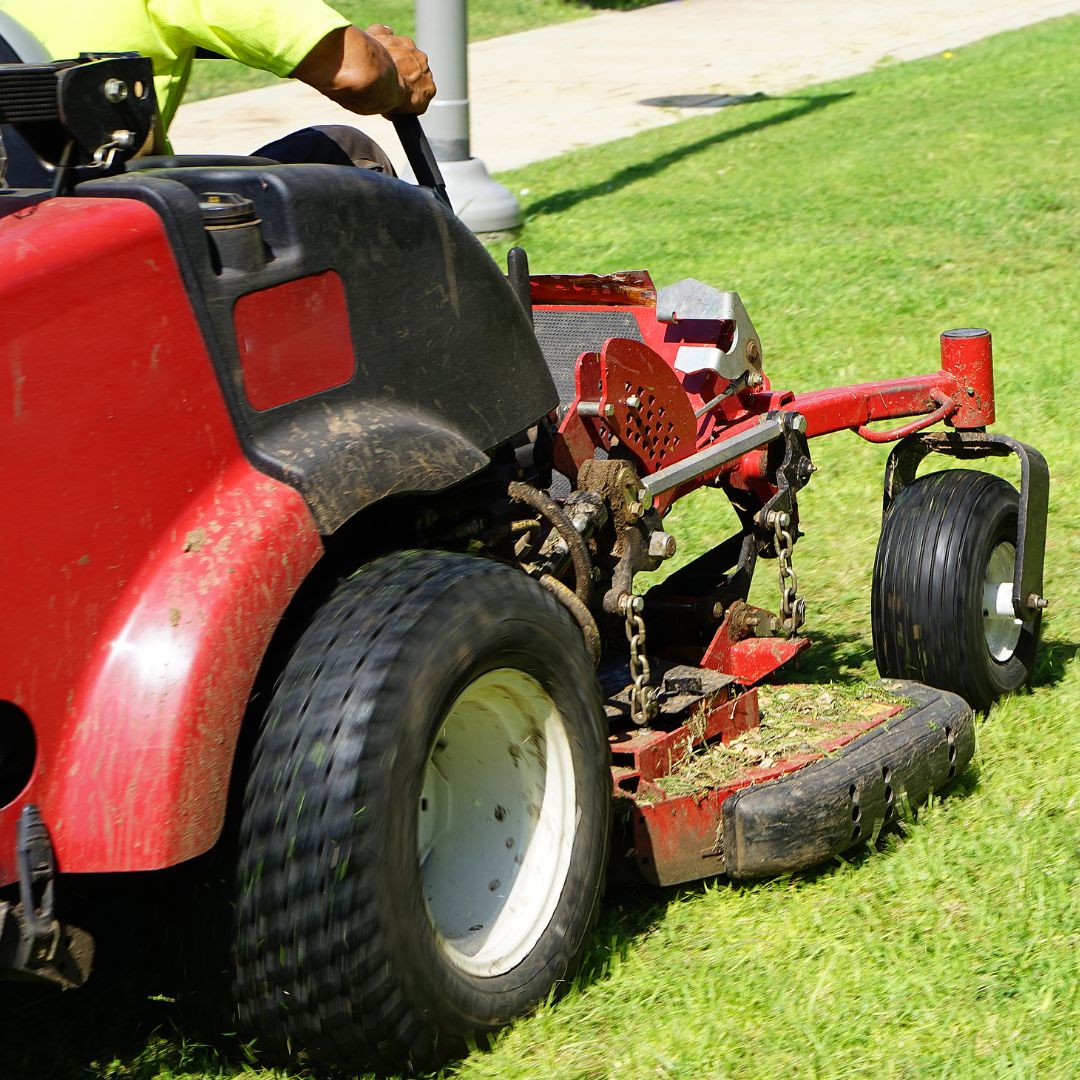
Few things are as satisfying as seeing lush, full lawns in your parks or athletic fields. It takes a lot of work to get them there. And just as much--if not more--to maintain them throughout the season.
Taking care of your turf in early spring helps prepare them for the growing season. Strong, healthy lawns are more resilient to weather conditions, foot traffic, and recreational programming.
Here is a brief primer discussing lawn care best practices you and your team can schedule for your assets this spring.
Walk the Grounds
It’s about that time. The snow melted. The ground has thawed. Start your turf maintenance by observing each asset and evaluating the turf condition. Note any issues to address immediately.
One of the best ways to do this is by creating a standard inspection that everyone in the department uses. Formalizing the process ensures consistency in what to watch for and report.
Here are some things to look for:
- Bare spots
- Large branches that fell
- Edging near flowerbeds and trees
- Vandalism or graffiti
- Damage from plows or other vehicles
- Burned spots from salt
Once the inspections are complete, run the findings through your work order system so they can get resolved.
Inspect Your Mowers and Equipment

Have your equipment ready for when the growing season starts. Ideally, your team winterized the mowers before storing them.
Check all your mowers to make sure the blades are sharp. Also, inspect and maintain parts like belts, tires, and bolts.
Like your grounds, a standardized spring maintenance checklist for mowers could help ensure everything gets noticed during inspections.
Also, check your edgers, blowers, spreaders, and other equipment. Detecting issues early helps ensure the equipment gets repaired before they disrupt workflow.
Test Your Soil
The best way to help your lawns and turf thrive is by knowing the condition of your soil. After all, your turf is only as good as the soil supporting it.
Soil testing helps you determine the soil's pH and what nutrients are present. Be sure to get your soil samples before adding fertilizer or soil amendments.
Depending on the condition of your grounds, test soil every couple of years.
Aeration
Aeration provides your turf with several benefits. It helps to relieve compaction and improve drainage. It also reduces thatch and organic buildup. Aeration allows more water, oxygen, and nutrients to get into the soil near the roots of your turf.
Generally speaking, fall is the ideal time to aerate. During the spring, the holes created provide an excellent location for weed seeds, like crabgrass, to germinate.
But maybe you don’t have the resources to aerate all of your grounds in the fall. Or perhaps there is an area where the land is so compacted that the turf can’t grow. If you’re dealing with these issues, aerating in the spring may be necessary.
If you plan on aerating in the spring, do it when weeds have established but before they start to go to seed. For many climates, this is around Memorial Day.
Overseeding/Slice Seeding
Overseeding involves using a spreader to add extra seed to your turf. Overseeding works well with bare patches and helps make the turf fuller. A thicker turf helps to keep weeds at bay and withstand foot traffic.
Spring is a great time to overseed. The extra rain that usually comes during spring helps reduce the need for watering an area.
Another option is slice seeding. Slice seeding uses a machine that slices into the ground and deposits seed into the silts it creates.
Slice seeding allows the seed to be placed directly into the soil--no extra raking and removing thatch. It is a great option for larger areas that need repair or areas that need complete turf replacement.
Add Pre-Emergent Weed Control
If you aren’t overseeding an area, then you may want to consider a pre-emergent herbicide. As the name suggests, pre-emergent herbicides kill weeds before they become eyesores in the turf. The seeds may still germinate, but the herbicide stunts the formation of new roots.
Topdressing
Topdressing turf adds a thin layer of organic material over the turf. Usually, it is about ¼ to ½ inch of compost spread across the lawn. Applying can be done by hand or with a special topdressing machine.
After the compost gets applied, you could leave it, rake it in, or let it wash in with watering or rain.
Topdressing usually works best in conjunction with aerating, de-thatching, and overseeding.
Collaborate on Scheduling
Include a maintenance team representative when planning programming schedules. Make suggestions based on the turf’s condition. If there is one area that needs a little extra TLC this growing season, limit how often an area gets used. It’s better to reduce usage for one season and have it grow back healthy to cause even more damage by using it when it’s not ready.
Of course, depending on the size of your agency, this may not always be possible. But it is worth getting everyone on the same page on the condition of the turf, what to look out for, and when using the turf could lead to even more damage.
The Takeaway
Planning and scheduling spring turf maintenance is an excellent way to make your grounds as healthy and resilient as possible. Start early, be consistent, and keep records of everything you do for future reference.
